
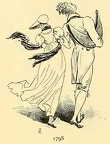 1798
1798 Waiting for the Saint-Cloud Coach
Waiting for the Saint-Cloud Coach The Tuleries in 1802
The Tuleries in 1802 The Wooden Gallery in the Palais-Royal
The Wooden Gallery in the Palais-Royal View of the two panoramas and of the passage between them
View of the two panoramas and of the passage between them The Perron of the Palais-Royal
The Perron of the Palais-Royal The Picture Exhibition at the 'Salon'
The Picture Exhibition at the 'Salon' The first Switchback
The first Switchback The Boulevard 'Des Petits Spectacles'
The Boulevard 'Des Petits Spectacles' The Delights of the Malmaison
The Delights of the Malmaison 1817
1817 1817
1817 1798
1798 1777
1777 1777
1777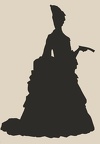 1692
1692 1777
1777 1625
1625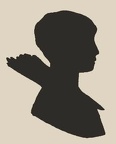 1625
1625 1595
1595 1558
1558 1460
1460 1558
1558 1130
1130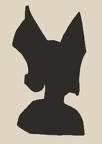 1130
1130 Roman
Roman Grecian
Grecian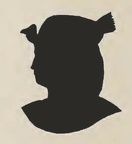 Egyptian
Egyptian Egyptian
Egyptian 1922
1922 1913
1913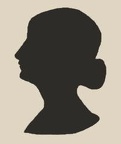 1913
1913 1903
1903 1883
1883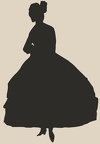 1864
1864 1832
1832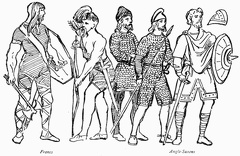 Francs and Anglo-Saxons
Francs and Anglo-Saxons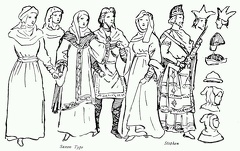 Saxon
Saxon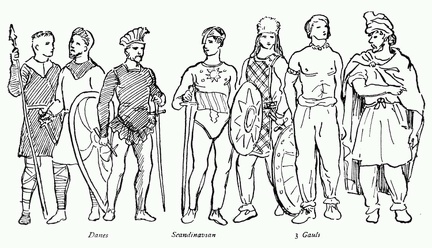 Danes, Scandinavians and Gauls
Danes, Scandinavians and Gauls 1845 - 1855
1845 - 1855 1840-1860
1840-1860 1830-1840
1830-1840 1828-1836
1828-1836 Male - 1830-1840
Male - 1830-1840 Period 1820-1840
Period 1820-1840 Details of female fashion 1820 - 1828
Details of female fashion 1820 - 1828 Womens fashion 1806 - 1820
Womens fashion 1806 - 1820 Costume notes, 1814-1816
Costume notes, 1814-1816 Costume notes, 1811-1812
Costume notes, 1811-1812 Male costume 1745 - 1795
Male costume 1745 - 1795 Male 1705 - 1770
Male 1705 - 1770 Lounge Caps worn during removal of Wig
Lounge Caps worn during removal of Wig Costume notes, 1790-1800
Costume notes, 1790-1800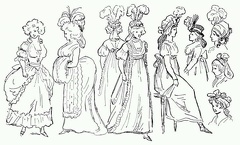 Period 1790-1800
Period 1790-1800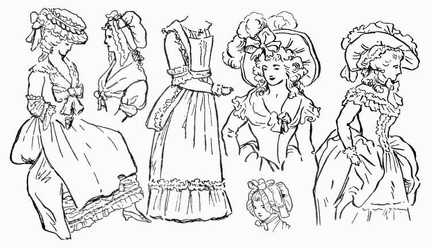 Period 1780-1795
Period 1780-1795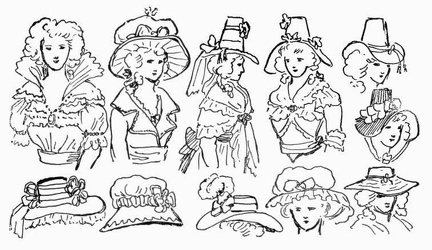 Hats during period 1790-1800
Hats during period 1790-1800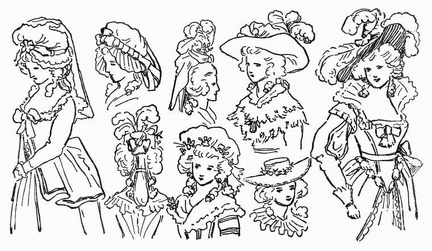 Hats and Caps during period 1780-1795
Hats and Caps during period 1780-1795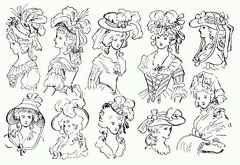 Head Dress. Period 1780-1795
Head Dress. Period 1780-1795 Costume notes, 1770-1780
Costume notes, 1770-1780 Wig types, second half 18th century
Wig types, second half 18th century



